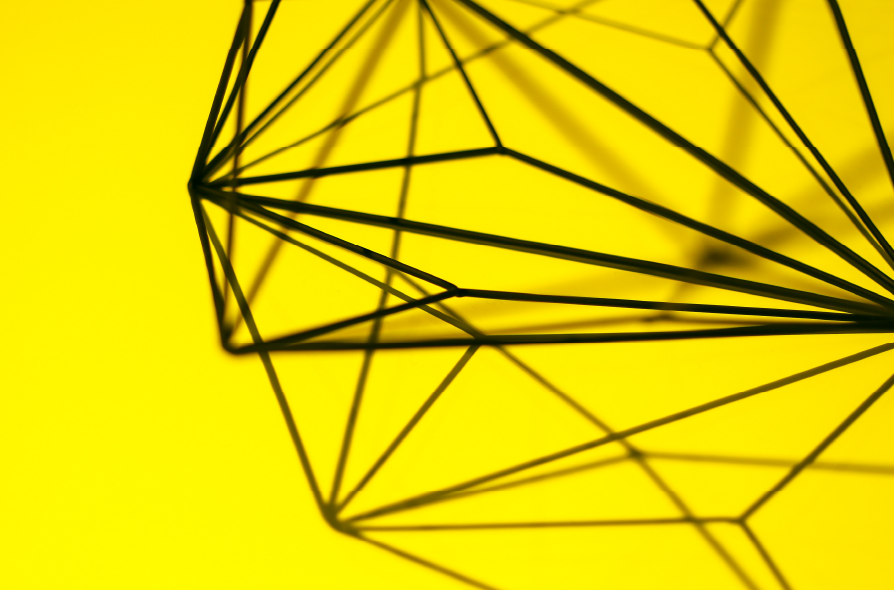6 March 2020 Contributions of neuroscience to Design

The design activity, be it of product, service, or environment composition, has been performed with the user experience as its main guiding element. Its work seeks to bring effective solutions that strive for the improvement of the individual in his relations established with the environment where he is inserted, or with what he chooses as fundamental to his life.
Due to the great importance that the user has in the creative process of a designer, neuroscience proved to be a strong ally in the performance of this function. The discoveries made about the functioning of the nervous system and how beings develop their perception and cognition about everything around them have brought valuable contributions to the area, creating what today is called neurodesign.
How has neuroscience contributed to the development of neurodesign?
Centered on discovering how the central nervous system captures the influences of the environment, as well as the autonomous functions performed by the organs, neuroscience has offered a rich mapping of human understanding. Countless areas have come to benefit from its discoveries to apply them in the practice of their activities, and to achieve effective results.
Neurodesign, as a creative activity that seeks to meet the desires of human beings, has been nourished by this interdisciplinarity as follows:
– through in-depth knowledge of users’ neural processes;
– application of results to improve products, services, and composition of environments;
– delivery of results and more assertive ideas.
Which tools are used by neurodesign?
As a mechanism for enriching the creative process, neurodesign’s premise is to offer bases that change behavior, arouse emotion, and work with the users’ cognition regarding their interactions with products and environments. In order to awaken such mechanisms, the design has as a starting point studies made with non-invasive methods such as computed tomography, magnetic resonance or electroencephalogram that seek to map how the user behaves through his interaction with the parts that surround him. From this synergy between laboratory discoveries and creative practice, it has been possible to think of more humanized products and environments full of meanings.




